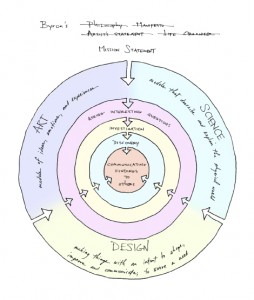Today is Veteran's Day in the United States, a day that I have paid deep attention to ever since I worked on the Tears of Stone project. At the eleventh hour of the eleventh day of the eleventh month in 1918, the Armistice was signed that ended the "war to end all wars". Or so they thought.... and hoped. Here is one last excerpt from Stone Work, the book by John Jerome that I have been quoting here recently, and which relates to my approach to my current as-yet-unrealized project. I could have written these words myself:
“I haven’t learned to let go of the need to control, direct, keep the canoe (or anything else) pointed straight: the westernized, apollonian requirement that one master things, apply more power. I keep fiddling with the throttle.
Of course I like effort, but that is not a sufficient excuse. I like effortlessness more, or claim to. What I like most is the search for that, for the effortless way, for those little physical moments when it goes just right: epiphanies, again. What I like best about stone work is working at it slowly and carefully, figuring out how to get the stones and get them into place with never the strain of a heavy lift. I like trying to make stone work effortless, which is satisfactorily impossible, and therefore endless, task. You can put a lot of effort into finding the effortless way.” (Jerome 135-136)


